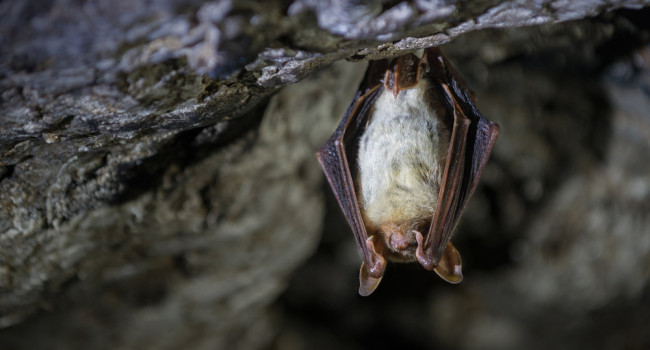The status of the UK breeding European Turtle Dove Streptopelia turtur population in 2021

Author(s): Stanbury, A.J., Balmer, D.E., Eaton, M.A., Grice, P.V., Khan, N.Z., Orchard, J.M. & Wotton, S.R.
Published: September 2023
Journal: Bird Study
Digital Identifier No. (DOI): 10.1080/00063657.2023.2256511
The UK Turtle Dove population is thought to have peaked around 1970, when there were an estimated 125,000 pairs. At this time, the species’ range extended into south-west England, eastern Wales, and northwards to Lancashire, north-east England and the Scottish Borders. The population has since crashed, falling in abundance by 99% between 1967 and 2020. This decline has been accompanied by a severe contraction in breeding range (−51% between 1968–72 and 2007–11 breeding bird atlases), away from western and northern areas. These UK trends have been mirrored across much of the Turtle Dove’s European range, and consequently the Turtle Dove is classified as Vulnerable to extinction at both a European and global scale. The two main drivers of the UK population decline are thought to be poor breeding productivity associated with changes in farming practices, and unsustainable levels of hunting on migration routes elsewhere in Europe.
Trends in UK Turtle Dove breeding abundance used to be monitored by first the Common Birds Census, and then the BTO/JNCC/RSPB Breeding Bird Survey (BBS) from 1994 onwards. However, BBS requires at least 30 occupied squares to calculate a reliable trend, and the sample size for Turtle Dove now falls below this threshold. For this reason, the Turtle Dove Survey (supported by BTO) was carried out in 2021 to obtain revised national and county-level population estimates, which could act as a baseline to monitor both future trends and the effectiveness of conservation action.
The Turtle Dove Survey estimated there were 2,092 territories in the UK in 2021. The results also indicated that Turtle Doves were contracting back to their former stronghold of eastern and south-eastern England. Kent, Suffolk and Essex are now the key UK counties for Turtle Doves.
Several Turtle Dove projects are now underway to create, restore and manage important breeding habitats for this species, aiming to improve annual productivity. There has also been a hunting moratorium across the western flyway of this species since 2021, which is set to continue until at least 2024. Together, these factors could represent a vital opportunity to stabilise and even reverse the UK’s Turtle Dove population trajectory. Repeating the Turtle Dove Survey at five-yearly intervals would be an effective way of measuring whether this is the case, and what extra action needs to be taken if not.
Abstract
Capsule: The first UK European Turtle Dove Streptopelia turtur survey, in 2021, estimated the breeding population at 2,092 territories.
Aims: Changes in European Turtle Dove abundance in the UK have been monitored through schemes like the BTO/JNCC/RSPB Breeding Bird Survey, however, sample size is now too low to calculate robust trends going forward. The aims of this volunteer-based survey were to provide a new UK population estimate and create a baseline to monitor future population trends.
Methods: A stratified random sample of one-kilometre squares were surveyed within the core counties for the species. Elsewhere, one-kilometre squares containing recent European Turtle Dove records were targeted. The survey used a two-visit territory mapping approach, with observers asked to get within 200 metres of potentially suitable nesting or foraging habitat. Visits were undertaken in the early morning, to coincide with peak vocal activity, from 11 May to 31 July.
Results: The UK population estimate in 2021 was 2,092 territories (95% confidence limits, 1,559–2,782). The species has become increasingly restricted to eastern and southeastern England, with 62.5% of the population estimated to occur in three counties: Kent (682 territories; 32.6%), Suffolk (326; 15.6%) and Essex (300; 14.3%). Additional hotspots occurred in other counties in eastern England, up to North Yorkshire.
Conclusion: This result suggests a 98% decline in abundance since the 1968–1972 breeding atlas, similar to trends identified from UK bird monitoring schemes, and a substantial contraction in range since the 2007–2011 bird atlas. The temporary cessation of hunting along their European western flyway provides a vital window of opportunity to scale up the delivery of high-quality breeding habitat and increase food availability in the UK. The survey should be repeated in 2026, and regularly thereafter, to help monitor the effectiveness of conservation interventions.







Share this page